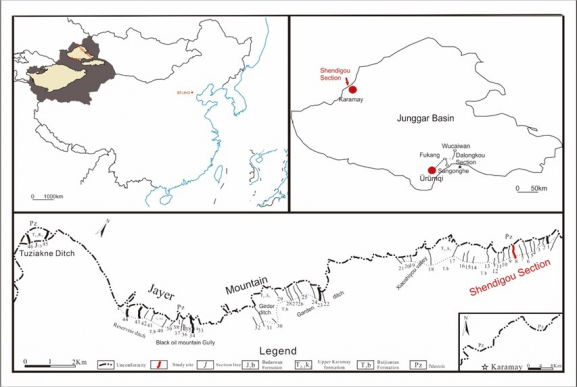 HKU Department of Earth Science
HKU Department of Earth Science
Seminar

Fossil charcoal from the Middle-Upper Triassic of western Junggar Basin, Xinjiang, and its palaeoecological significance
-
Date
January 30,2024
-
Time
4:00PM
-
Venue
JL104
-
Speaker
Miss XIA Yangyang (Supervisor: Prof CHANG Su-Chin) Department of Earth Sciences, HKU
Charcoal is a primary product of wildfires. Fossil charcoal has been found in various sedimentary rocks deposited in terrestrial or marine environments. It has been considered direct evidence of palaeo-wildfire that had occurred in geological history. Here, we report abundant macro- and meso-fossil charcoals discovered from the Upper Triassic of Shendigou section, northwestern Junggar Basin, Xinjiang Uygur Autonomous Region, China. Based on sedimentary and lithological analyses, charcoal remains are preserved in alluvial fan facies. They are attributed to three types of coniferous woods, based on radial tracheidal pitting, cross-field pitting, and rays. All three types are characterized by the dominantly uniseriate abietinean radial tracheidal pitting and parenchymatous and uniseriate rays. The first type of fossil charcoal of the current study has window-like cross-field pitting, with one to two simple, large, and oval pits in each field. The pit occupies nearly the entire cross-field. It is comparable with the species of Phyllocladoxylon Gothan. The second type is comparable with the species of Cupressinoxylon Göppert, which is featured by the occurrence of one to two cupressoid pits in each cross-field. The taxodioid cross-field pitting typifies the third type. There are two to five pits in each field. It is similar to the species of Podocarpoxylon Gothan. The new finding of fossil charcoals with anatomical features demonstrates that conifers were essential elements of Late Triassic terrestrial communities in the Junggar Basin and had a higher diversity in northern China than previously thought. It proves that wildfires were an integral part of the Late Triassic ecosystems in the mid-latitudes of northeastern Pangaea. Atmospheric oxygen concentration during that time would have been above 18.5%.
Keywords: Fossil charcoal; wildfires; Upper Triassic; Wood; Palaeoecology
Additional information: Miss XIA Yangyang, u3008601@connect.hku.hk
